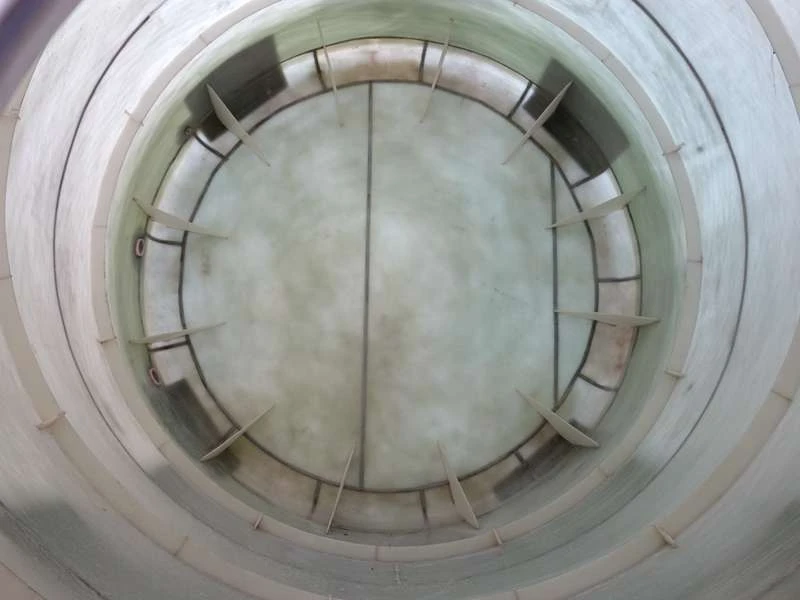
-
 Afrikaans
Afrikaans -
 Albanian
Albanian -
 Amharic
Amharic -
 Arabic
Arabic -
 Armenian
Armenian -
 Azerbaijani
Azerbaijani -
 Basque
Basque -
 Belarusian
Belarusian -
 Bengali
Bengali -
 Bosnian
Bosnian -
 Bulgarian
Bulgarian -
 Catalan
Catalan -
 Cebuano
Cebuano -
 China
China -
 China (Taiwan)
China (Taiwan) -
 Corsican
Corsican -
 Croatian
Croatian -
 Czech
Czech -
 Danish
Danish -
 Dutch
Dutch -
 English
English -
 Esperanto
Esperanto -
 Estonian
Estonian -
 Finnish
Finnish -
 French
French -
 Frisian
Frisian -
 Galician
Galician -
 Georgian
Georgian -
 German
German -
 Greek
Greek -
 Gujarati
Gujarati -
 Haitian Creole
Haitian Creole -
 hausa
hausa -
 hawaiian
hawaiian -
 Hebrew
Hebrew -
 Hindi
Hindi -
 Miao
Miao -
 Hungarian
Hungarian -
 Icelandic
Icelandic -
 igbo
igbo -
 Indonesian
Indonesian -
 irish
irish -
 Italian
Italian -
 Japanese
Japanese -
 Javanese
Javanese -
 Kannada
Kannada -
 kazakh
kazakh -
 Khmer
Khmer -
 Rwandese
Rwandese -
 Korean
Korean -
 Kurdish
Kurdish -
 Kyrgyz
Kyrgyz -
 Lao
Lao -
 Latin
Latin -
 Latvian
Latvian -
 Lithuanian
Lithuanian -
 Luxembourgish
Luxembourgish -
 Macedonian
Macedonian -
 Malgashi
Malgashi -
 Malay
Malay -
 Malayalam
Malayalam -
 Maltese
Maltese -
 Maori
Maori -
 Marathi
Marathi -
 Mongolian
Mongolian -
 Myanmar
Myanmar -
 Nepali
Nepali -
 Norwegian
Norwegian -
 Norwegian
Norwegian -
 Occitan
Occitan -
 Pashto
Pashto -
 Persian
Persian -
 Polish
Polish -
 Portuguese
Portuguese -
 Punjabi
Punjabi -
 Romanian
Romanian -
 Russian
Russian -
 Samoan
Samoan -
 Scottish Gaelic
Scottish Gaelic -
 Serbian
Serbian -
 Sesotho
Sesotho -
 Shona
Shona -
 Sindhi
Sindhi -
 Sinhala
Sinhala -
 Slovak
Slovak -
 Slovenian
Slovenian -
 Somali
Somali -
 Spanish
Spanish -
 Sundanese
Sundanese -
 Swahili
Swahili -
 Swedish
Swedish -
 Tagalog
Tagalog -
 Tajik
Tajik -
 Tamil
Tamil -
 Tatar
Tatar -
 Telugu
Telugu -
 Thai
Thai -
 Turkish
Turkish -
 Turkmen
Turkmen -
 Ukrainian
Ukrainian -
 Urdu
Urdu -
 Uighur
Uighur -
 Uzbek
Uzbek -
 Vietnamese
Vietnamese -
 Welsh
Welsh -
 Bantu
Bantu -
 Yiddish
Yiddish -
 Yoruba
Yoruba -
 Zulu
Zulu
FRP Chimney Design and Installation for Industrial Applications and Efficient Operations
FRP Chimney Construction and Installation for Industrial Applications
In the realm of industrial construction, the importance of proper chimney design and installation cannot be overstated. Among the various materials employed in chimney construction, Fiber Reinforced Plastic (FRP) has emerged as a leading choice due to its superior properties and performance benefits. FRP chimneys are particularly advantageous in environments where corrosion, extreme temperatures, and mechanical stress present significant challenges.
Advantages of FRP Chimneys
One of the primary advantages of FRP materials is their resistance to corrosion. Traditional chimney materials such as steel and concrete can suffer from severe degradation when exposed to harsh industrial emissions and environmental conditions. FRP, on the other hand, is engineered to withstand a variety of corrosive agents, making it ideal for industries such as chemical processing, oil and gas, and power generation.
Additionally, FRP chimneys exhibit a lightweight nature compared to their conventional counterparts. This feature greatly simplifies the transportation and installation process, reducing the need for heavy machinery and excessive labor. The ease of installation translates into lower overall project costs, making FRP a practical choice for industrial applications.
Another significant benefit of FRP is its thermal insulation properties. With excellent heat retention and low thermal conductivity, FRP chimneys help in maintaining optimal temperatures within the exhaust system, promoting efficiency and safety.
Key Considerations in FRP Chimney Design
When designing an FRP chimney, several critical factors must be taken into account. First and foremost is the assessment of flue gas composition. The design should accommodate the specific emissions from the facility to ensure durability and longevity of the chimney structure. Factors such as temperature, pressure, and flow rate will inform the selection of the appropriate resin and reinforcement materials.
frp chimney construction and installation for industrial and

Furthermore, the structural design must consider wind loads and seismic activity, particularly in areas prone to such environmental stresses. Proper anchoring and support systems are essential to ensure that the FRP chimney can withstand dynamic forces and maintain its integrity over time.
Installation Process
The installation of FRP chimneys involves several stages, starting with site preparation and foundation work. Once the foundation is laid, prefabricated FRP components can be assembled on-site, significantly expediting the construction timeline. The modular nature of FRP allows for efficient on-site assembly without compromising quality or safety.
During installation, it is crucial to follow best practices to avoid damaging the FRP material. Careful handling and appropriate fixation methods will ensure that sealant and joints remain intact, preventing leaks and maintaining the system’s efficiency.
Maintenance and Lifespan
FRP chimneys are known for their low maintenance requirements. Unlike traditional materials that may require frequent repairs or replacements, FRP structures can last for decades with minimal attention. Regular visual inspections and adherence to recommended maintenance schedules can further extend the lifespan of the chimney.
In conclusion, FRP chimney construction and installation present a robust solution for industrial facilities looking to manage emissions effectively while minimizing maintenance and operational costs. As industries increasingly prioritize sustainability and efficiency, the advantages of FRP in chimney applications are likely to drive further adoption across various sectors. Embracing innovative materials like FRP not only enhances performance but also aligns with the broader goals of environmental responsibility in industrial operations.
Latest news
-
High-Quality Fiberglass Car Bodies Durable GRP Car & Boat Body SolutionsNewsJul.08,2025
-
High-Quality Fiberglass Dual Lamination Product Manufacturer Durable FRP & GRP Dual Lamination SolutionsNewsJul.08,2025
-
Rectangular Tank with Dimensions for GRP Calculation Custom Fiberglass GRP Rectangular TanksNewsJul.07,2025
-
High-Quality Fiberglass Weir Custom FRP Weir & Fiberglass Tanks ManufacturerNewsJul.07,2025
-
CPVC FRP Pipe A Reliable Choice for Industrial Applications High Strength & Corrosion ResistanceNewsJul.07,2025
-
Fiberglass Scrubber for Effective Cleaning and Stain Removal – Superior Performance in Various ApplicationsNewsJul.06,2025









